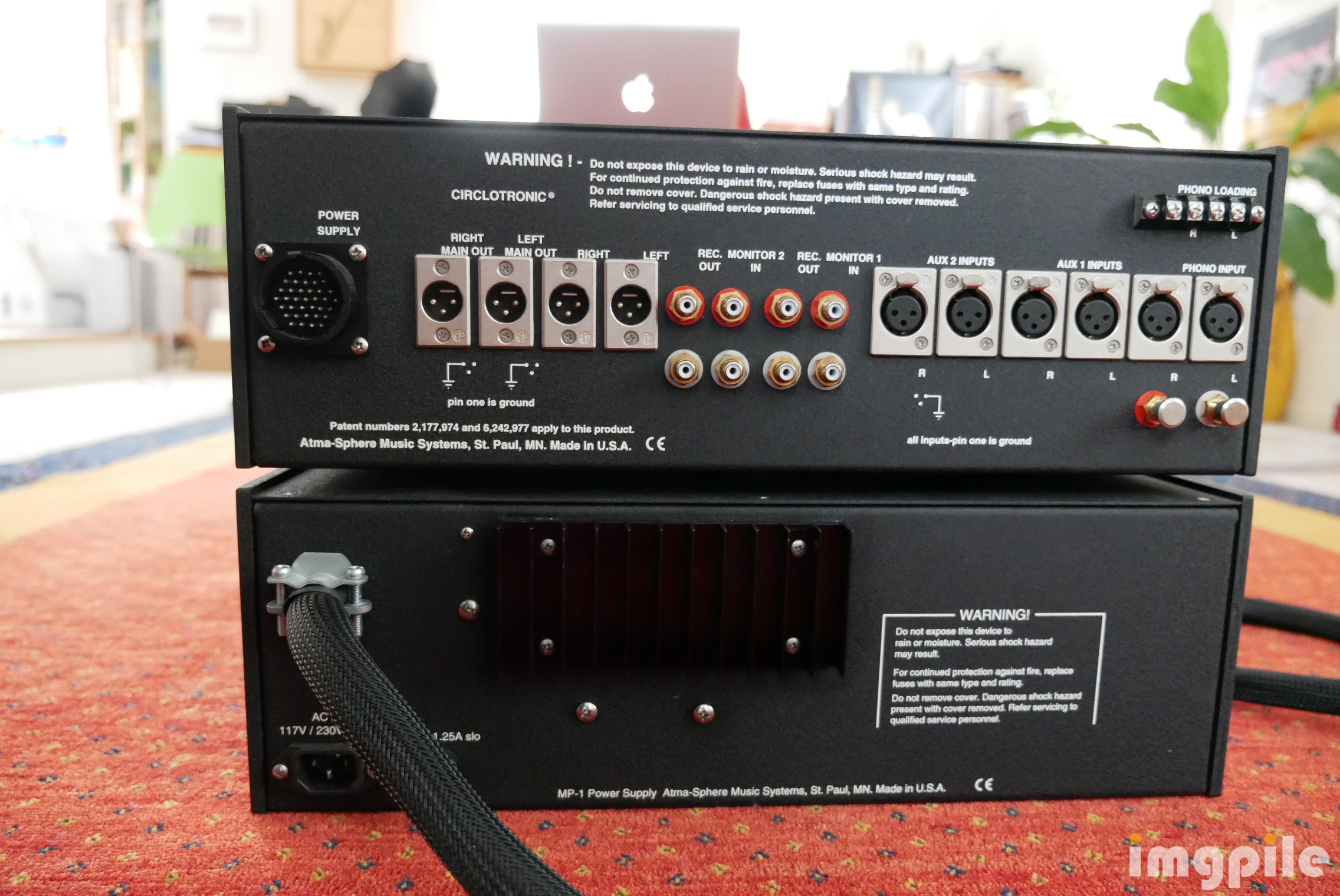"But all my electronics do have that nomenclature on the back of the equipment. So there you have it."
Does your Atmosphere amp have UL stickers on the back? Really? I had a pair of Ralph’s 60-watt mono-blocks in my system for years, and I honestly don’t recall a UL sticker on the back of the amps. Wonderful amps though. Wouldn’t mind having another pair. I bet they’d make the Signature IIIs really sing.
Right now I’m looking at the back of my PC, and my Audioengine A2+ speakers. No sticker there. I also checked the backs of my ARC electronics. No sticker there either. No mention in the owner’s manuals as well.
Am I in danger?? :-)
Frank
Audiophile Fuses - Are We Certain They Provide Protection?
This thread isn't posted to debate whether sonic benefits can be recognized from audiophile/after-market fuses. That topic has been well debated through numerous threads already. What I'm curious about is whether today's audiophile fuses are certain to provide protection to your gear - afterall, that is the absolute main function of a fuse in a circuit design.
I was struck recently reading a thread dating back to 2014 on the Audiocircle forum where the late Roger Modjeski was absolutely beside himself and angered by professional reviewers and manufacturers alike for leading consumers astray (in his opinion) towards use of these fuses, from a first-hand account of damage inflicted on one of his amps.
Re-posting his message below:
As this experience is now 7 years old I wanted to survey our forum to see whether high-end audio fuse manufacturers are providing data that would give the audiophile community assurances that use of their fuses first and foremost provide adequate protection. I welcome any input.
I was struck recently reading a thread dating back to 2014 on the Audiocircle forum where the late Roger Modjeski was absolutely beside himself and angered by professional reviewers and manufacturers alike for leading consumers astray (in his opinion) towards use of these fuses, from a first-hand account of damage inflicted on one of his amps.
Re-posting his message below:
I had several email exchanges with the maker of Tuning Fuses and got the same Red Herring responses. My first experience with his product was in an RM-9 MKII that came to me for service with eight tuning fuses (one for each tube) in place of my specified HIGH BREAKING ceramic fuses. The tuning fuse's inability to do their job properly had blown the wirewound cathode resistor, which I had never seen before. I study every failure and this one caught my attention because it takes a lot of energy to blow that resistor. Its wire is much stouter and of a very high melting material, any fuse should go first.
Of course I opened up the fuse and looked at its construction. It was made in such a way as to be the worst possible fuse for that application. I called the distributor here and asked is it was a high breaking fuse and suitable for a tube fuse. He didn't know what that was. I said well the fuse specified for my amp is high breaking and ceramic. He said that because his fuse was ceramic also it must be OK. This is very naive. He doesn't know and perhaps the maker doesn't know that a high breaking fuse is made a different way, though from the outside it looks the same.
These fuses are totally inappropriate for any high voltage DC application such as a tube fuse in an amplifier. What also amazed me is that these fuses cost more than most tubes. I felt sorry for the owner who had been led down this path by irresponsible magazines like Positive Feedback. Not only did this fuse not protect his tube but it did not protect his amplifier.
The maker of these fuses, like many makers of tweaks will certainly get no admiration from me. What gets me is why so many people want to play with tweaks rather than make real improvements in their system like bi-amping, adding a good subwoofer and simplifying the signal path.
As this experience is now 7 years old I wanted to survey our forum to see whether high-end audio fuse manufacturers are providing data that would give the audiophile community assurances that use of their fuses first and foremost provide adequate protection. I welcome any input.
- ...
- 44 posts total
- 44 posts total


